All children should have their future secured through the right to safety, family, and permanency. Current adoption legislation and practice, though haunted by a legacy of delay, confusion and complexity, is highlighting the importance of safeguarding those rights.
Adoption legislation and its associated regulations reflect a complex and fraught legacy for lawyers, prospective adoptive parents and vulnerable young people alike. From the era of forced adoptions; to the adoption crisis stemming from improved access to contraception and abortion; to the explosion of overseas adoptions; and, most recently, to the push for family restoration, the prevalence of adoption has become inextricably linked to the politics of the day.
As a result, the governance and practice of adoption vary across each state and territory. Currently in NSW, adoption can be separated into five types:
- Local adoption, of a child born or permanently living in NSW and including known-child adoptions by a relative, stepparent or carer
- Intercountry adoption, of a child from overseas by a NSW resident
- Out-of-home care (OOHC) adoption, also known as carer adoption, of a child living in foster care by their authorised carer
- Special needs adoption, of a child with disability or special needs
- Intrafamily adoption, of a stepchild or child within the family.
A legacy of length
Navigating the adoption process presents a raft of challenges for hopeful parents across the state. Barrister and solicitor Stephen Bourne – a children’s and family law specialist who has spent the majority of his 25-year career practising in NSW – says the Adoption Act 2000 (NSW) (Adoption Act) is “characterised by having lots of hurdles that prospective adoptive parents need to clear”.
“The legal process effectively requires that certain steps be completed before any application is made,” says Bourne, a member of the Law Society of NSW’s Children’s Legal Issues Committee. Bourne currently manages the Family Law Division at the Legal Services Commission of South Australia.
He explains: “The assessment phase is lengthy, which is partly to allow for all relevant information to be received by the [NSW] Department and carefully evaluated, but also to ensure there is an extended period during which the child’s placement with their carers can be monitored more intensively with adoption in mind.”
When it comes to local adoption, for example, the NSW Department of Communities and Justice (DCJ) outlines a process involving multiple steps.
After initially expressing their interest with the state authority, prospective adoptive parents must attend a mandatory three-day adoption preparation seminar. They can then formally apply to adopt, and this application is screened for a subsequent in-depth assessment – reflecting the legislative requirements of the Adoption Act – which typically takes a minimum of three to four months to complete.
If approved, the adoption process will proceed in relation to the proposed child, or the adoptive parents will be matched with a suitable child, a process that differs depending on the child’s specific needs. The DCJ states that it “generally proceeds to finalise the adoption about six to nine months after the child’s placement”.
The adoption is then formalised through an application to the NSW Supreme Court, where the proposed order is reviewed. The final step involves the order being made, including authorisation of an amended birth certificate from the NSW Registry of Births, Deaths & Marriages recognising the child’s adoptive status.
The median wait time for intercountry adoptions, by comparison, is four years – from the approval of the application to the placement of the child – according to the latest data from the Australian Institute of Health and Welfare (AIHW). South Korea has the shortest median wait time, at two years, while the Philippines has the longest, at seven years.
In cases where children are adopted from statutory care, a permanency plan incorporating adoption as a future step may be approved by the Children’s Court of NSW under the Children and Young Persons (Care and Protection) Act 1998 (the Care Act). However, Bourne is quick to note that these cases still entail “a full assessment of each carer’s parenting capacity and the child’s needs”, regardless of how long the child has been in their care.
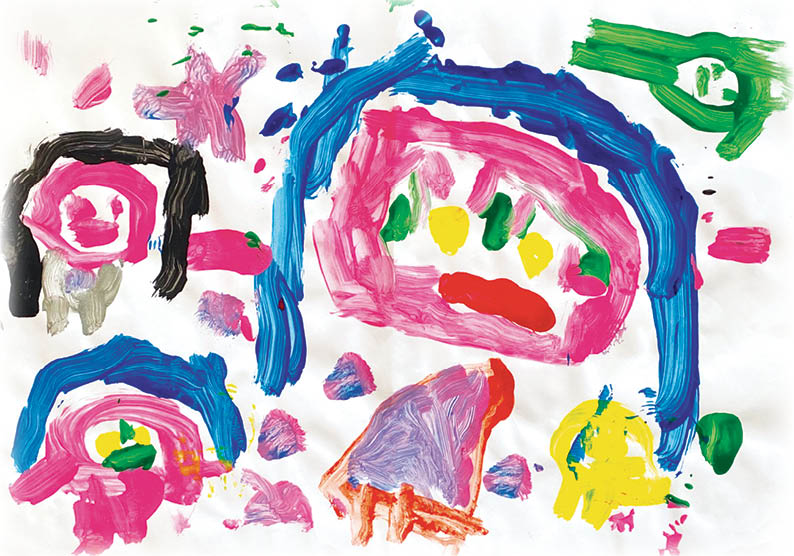
“Adoption-from-care has given many children and young persons the much greater security of a permanent home,” he adds, “compared to the earlier situation where more children and young people remained under the parental responsibility of the Minister and were often subject to multiple placement changes.”
A decade of waiting
This experience of “hurdles” in the adoption process is reflected in national research conducted by Adopt Change, an NSW-based not-for-profit organisation that supports and educates families and communities caring for displaced children. This research depicts an adoption system plagued by confusion and delays.
A significant majority (almost 83 per cent) of respondents to the 2017 Barriers to Adoption in Australia report said they experienced barriers in the adoption process, particularly in relation to administrative requirements. More than 80 per cent found the adoption process and information surrounding the topic “complex and overwhelming”, while more than half (56 per cent) encountered “unexplained process delays”.
“While there is a strong consensus that any adoption assessment procedures should, quite rightfully, hold families to the very highest standards, these processes can place significant stress on both children and their families,” the report states.
“Some families report undergoing years of assessment and re-assessment. For other families, the adoption process is characterised by stasis, as processes appear to stall for reasons that may not be in any way clear to the families involved.”
For almost 60 per cent of respondents, the adoption process had taken between one and four years to complete; around one third said it had taken between five to nine years; and, concerningly, just over six per cent reported a wait time of ten years or more – demonstrating that permanency is not being fully realised for some children for more than a decade.
Adopt Change CEO Renée Carter says adoptive families “often encounter inexplicable delays and red tape” throughout the entirety of the adoption process. “Whilst we definitely need strict guidelines and processes to ensure children will be safe and supported, the process needs to occur in a timely fashion and without unnecessary bureaucracy,” she says.
Carter adds, “Permanency and meaningful adult attachment are necessary for a child to experience a normal developmental trajectory. Languishing in the care system leaves children vulnerable to placement moves, constantly new case workers, and people who don’t know them making decisions that impact their life … In essence, the government should not be a ‘parent’.”
As well as the considerable length of time involved, adoption in NSW can be an expensive procedure. While there are no fees for foster carers who adopt a child in their care, other programs come at a high price.
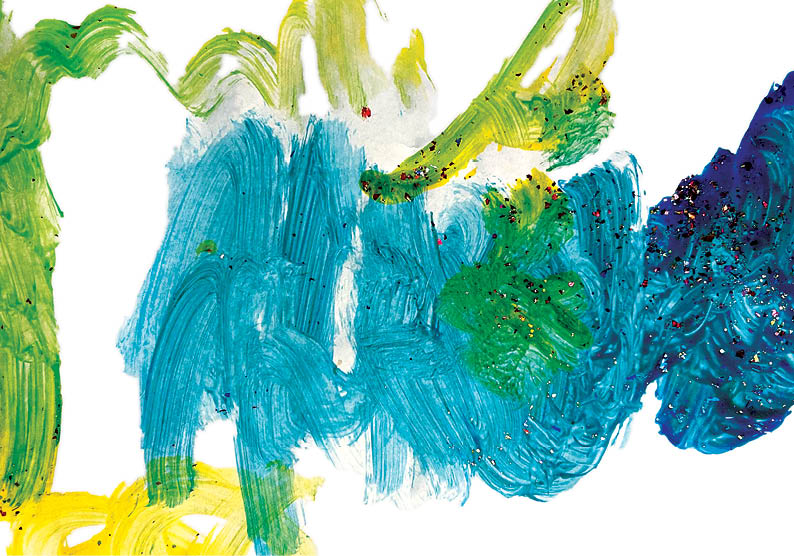
The NSW Government estimates the cost for a local adoption in the state to exceed $3,000, which accounts for both departmental and legal fees. Intercountry adoption, by comparison, has a far higher cost, approximately $10,000 – a figure that excludes additional costs such as overseas travel and accommodation, immigration sponsorship, translation fees and other legal expenses. In recognition of the disadvantage these costs may cause, the DCJ does offer fee relief through a Hardship Policy, to assist lower income households looking to adopt overseas.
Reprioritising permanency
The tedious, costly, and complex nature of the current system is a contributor to Australia’s low rates of adoption. Just 208 adoptions were finalised across the country in 2021–22 – down from 264 adoptions the year prior – according to the AIHW’s latest Adoptions Australia report.
Most adoptions – 92 per cent – related to children already living within Australia, with a total of 94 made by carers and 60 by stepparents. Just 16 children were adopted from overseas – a 62 per cent drop from the previous year – reflecting both a global trend of supporting children to remain in their home country, and the impacts of the COVID-19 pandemic on border closures.
“It’s worth noting that the low adoption numbers do not match the urgent need for thousands of Australian children living in state care who currently don’t have a safe place to call home,” Carter adds.
“The AIHW data [for 2021] from the Child Protection Australia report shows that a staggering 15,895 children and young people are living in out-of-home care across NSW. Nationally, this figure is over 46,000.
“Childhood is fleeting, and there needs to be a timelier focus on either reunification with family and appropriate supports provided to facilitate this, or other permanency options investigated within dedicated timeframes. This is not just reflective of NSW – each state and territory should prioritise permanency outcomes for vulnerable children and young people.”
Interestingly, NSW showed the highest rate of adoption when compared to other states and territories: 131 adoptions, or more than half of all Australian adoptions.
One significant legislative change affecting this prevalence was made in the 2014 Child Protection Legislation Amendment Act, where a new Section 10A was inserted prioritising adoption ahead of having the child remain in statutory care – with the exception of cases concerning an Aboriginal or Torres Strait Islander child. This approach is reflected in the incorporation of the Permanent Placement Principles in Section 10A, which outlines the following priority order for long-term placements for children:
- A child who has been removed or assumed into care should first be restored to their birth parent(s), in order to “preserve the family relationship”.
- If it is not practicable or in the best interests of the child to return home, the next preference is guardianship with “a relative, kin or other suitable person”.
- If guardianship is not approved, under section 79 an alternative is the allocation of parental responsibility to an agreed upon suitable person or persons.
- Adoption is considered the fourth preferred option, except in the case of an Aboriginal or Torres Strait Islander child.
- The next option is the allocation of parental responsibility to the Minister.
- Finally, the adoption of an Aboriginal or Torres Strait Islander child may be considered.
According to Bourne, the general premise of the Permanent Placement Principles focuses on family restoration, which is “likely to provide stability and connectedness” for vulnerable children.
If a child cannot return to their birth parents or to a kinship placement, Bourne says, “then it is well established that adoption – especially adoption where the adoptive parents and birth parents are able to co-operate well – can provide the child with the type of nurturing and stability that might otherwise be provided within a family placement”.
“Adoption-from-care has given many children and young persons the much greater security of a permanent home,” he adds, “compared to the earlier situation where more children and young people remained under the parental responsibility of the Minister and were often subject to multiple placement changes.”
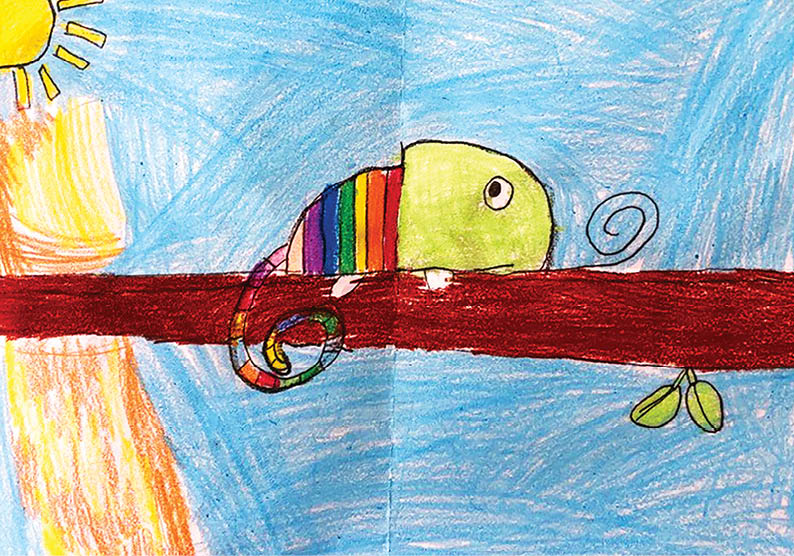
Guardianship orders
Adoption is not the only way a child can reach permanency in the NSW care system. Long-term foster care or a guardianship arrangement can also offer stability for those who cannot live at home.
The guardianship regime was established as part of the 2014 Care Act changes, and marked a significant amendment to the previous scheme. Under this regime, an order is made by the Children’s Court of NSW for a child in foster care to be placed in the long-term independent care of an authorised person, without being formally adopted, until they turn 18 years old.While the guardianship scheme has “generally been well received” by the community, Bourne argues that adoption offers “more permanent and robust” outcomes for children who are not living with kin. Unlike adoption, guardianship orders expire when a child turns 18 – an age when young people require significant adult support as they navigate the world after high school.
In addition, the legal relationship of a child to their birth parents is maintained through guardianship and can be challenged more readily than adoption. For example, the guardianship arrangement can be varied or undone if a birth parent demonstrates a significant change in their circumstances through a court application. Even if unsuccessful, this application can place great pressure on the guardian, and destabilise a placement.
“Although the two schemes might be seen as providing alternative paths for the Department and carers to choose from … some children are subject to guardianship orders with non-kinship carers who might otherwise be able to adopt the child or children in their care,” Bourne says.
“There has been limited research into how carers are navigating the practicalities of orders made pursuant to the guardianship scheme under the Care Act, or into how carers have coped with the ability of birth parents to apply to vary or rescind guardianship orders; but at this stage it appears the guardianship scheme operates well in many cases.
“However, children subject to guardianship orders are not in statutory care, and so they are effectively under the radar as far as the Department is concerned. I believe there may be merit in further work being undertaken towards identifying whether the best interests of such children in non-kinship guardianship placements would be better served by adoption orders, and by making it easier for long-term non-kin guardians in appropriate circumstances to access practical and financial support to bring about an adoption application.”
A legacy of inclusion
The Care Act amendments are consistent with adoption legislation and practice across all Australian jurisdictions, which adhere to the principle of open adoption.
Open adoption recognises the value of an adoptive child understanding their background and cultural heritage. It refers to the attitude and actions of adoptive parents in supporting their child to remain connected with their birth family, and in establishing an open line of communication between all parties involved in an adoption order.
Local and international research demonstrates that openness in adoption contributes to a child’s positive sense of self: it does so by removing the confusion and anxiety that stems from not knowing their family history, particularly during the turbulence of adolescence. Adoptees with regular contact with their birth family report improved self-esteem, relationships and mental health outcomes.
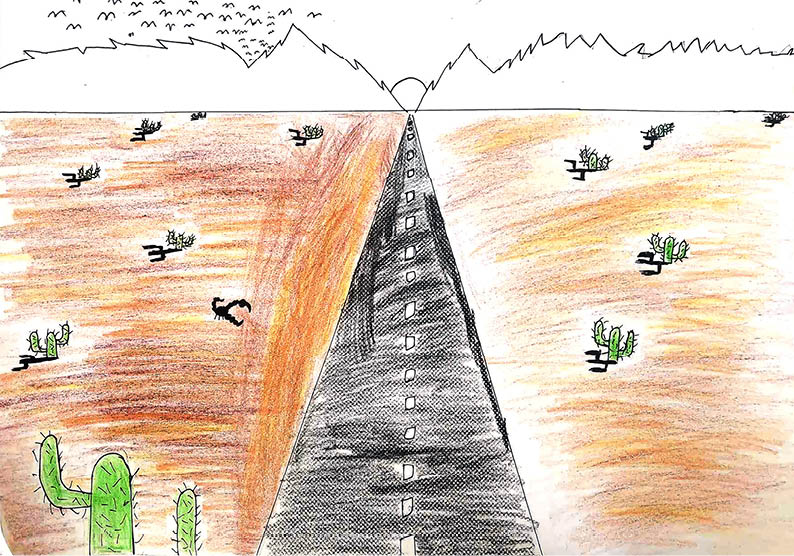
“We’ve had open adoptions for a long time now, and overall, there seem to be relatively few issues between adoptive parents and birth parents. This may be assisted by the fact of adoptive parents being in a secure position in relation to the permanency of the arrangements”
Life Without Barriers NSW, a not-for-profit organisation that provides adoption and foster care services across the state, says it is “important and beneficial” for adopted children to develop an “ongoing [and] genuine relationship with their [birth] family over their life”.
“The best thing for the child,” says Mary Griffin, the organisation’s Director of Permanency and Open Adoption, “is for their adoptive parents to have an open and respectful relationship with the child’s [birth] parents and other family. We have some wonderful carers who see their child’s family as an extension of their own family.”
In practice, Griffin says, this could entail either planned “family time” between all parties in a way that best suits the needs of the child, or updates about the child’s health and wellbeing via “text or a quick phone call”.
“Children in out-of-home care have experienced trauma, so carers need to be able support the child in a therapeutic and trauma-informed way,” Griffin adds. “We need carers with great empathy for a child’s family to be able to explain sensitively and respectfully to the child why they were not able to remain with their mum and dad, or their broader family.”
The NSW Adoption Regulation 2015 outlines several categories to determine the suitability of a prospective adoptive parent, including their health, age and maturity; skills and life experience; capacity to provide a stable and safe home environment; financial status; appreciation of the importance of facilitating contact and exchanging information with their child’s birth family; and the capacity to do so. Prospective adoptive parents must also undergo medical screening and police and child safety checks and provide personal references.
Life Without Barriers sees the ability to focus on the child’s best interests as a key quality of prospective carers. People who want to be carers need to understand at an emotional level that permanent adoption comes second to supporting a child to reunite with their birth parents, says Griffin, especially as many sign up with the intention of ultimately creating or adding to their own families.
“When we are recruiting carers, we strive to instil an understanding that we need them to be able to support the child on their permanency journey, whatever that might look like – [whether] that is returning home to family, being under guardianship, being adopted by their carers or remaining in long-term out-of-home care,” Griffin adds.
“If a carer wants to adopt a child in their care, it is expected there is clear evidence they are meeting all the child’s needs. [They] need to support the child to have an ongoing relationship with their parents and other family, as we know this helps children to have a positive sense of self and a healthy identity.”
Consenting to adopt
According to NSW adoption legislation, the child’s birth parents as well as anyone with parental responsibility must provide their consent to the Supreme Court – which also considers the child’s wishes – in order for the adoption to be approved.
There are exceptions to this rule, however. If a child is in statutory care and the Supreme Court is satisfied that the proposed adoption is in their best interests, it can waive the consent of the birth family, provided certain conditions are met. This includes cases where one or both birth parents cannot be found or identified, or where there are serious concerns for the child’s welfare. In addition, children who are 12 years or older and have sufficient cognitive capacity, maturity and understanding can provide sole consent to their adoption.
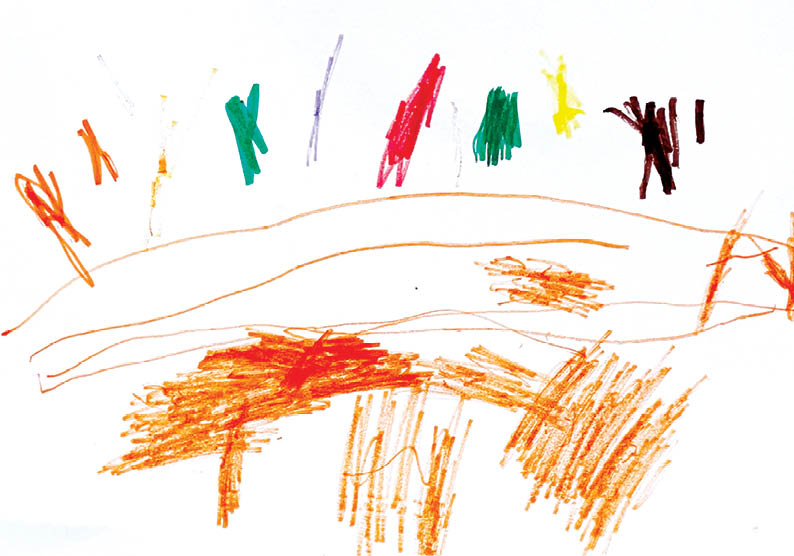
The importance of involving children in the legal decisions that affect them is a principle that Bourne understands intimately. The lawyer adopted his youngest son at the age of three, and reflects on a particularly meaningful experience when the presiding judge spoke to the child’s family following the approval of the adoption order.
“Sometimes as a children’s lawyer I am hesitant about the merits of meeting with younger children as they may have limited capacity to express views about their circumstances or otherwise participate in proceedings,” Bourne says. “However, my son’s memory of that adoption hearing reminds me that even if children don’t have the capacity to fully understand what is happening at the time, they may later come to understand and appreciate having been involved.”
Bourne argues the power of the Supreme Court to waive the consent of the birth family has become a “controversial issue” in recent years, “as some birth parents feel their rights are being overridden”.
Consent from both parents was either dispensed with or not required for 75 per cent of carer adoptions in 2021–22, according to AIHW data. This included adoptions of children aged 12 and over who provided sole consent. Meanwhile, consent was provided by both parents for about half of all local adoptions in the same timeframe.
While it is possible for a birth parent or family member to seek assistance from the court by way of a review in cases where adoptive parents are not honouring the terms of the adoption plan, Bourne says this “happens rarely”.
“We’ve had open adoptions for a long time now, and overall, there seem to be relatively few issues between adoptive parents and birth parents. This may be assisted by the fact of adoptive parents being in a secure position in relation to the permanency of the arrangements,” he adds.
Indigenous adoption
While Aboriginal and Torres Strait Islander children can still be adopted from care, legislatively this is considered the least desirable preference. In 2021–22, just six Indigenous Australian children had an adoption order finalised, all of which were made by an adult or adults who previously knew the child.
This approach has resulted largely from recognising the enduring trauma caused by the, as well as from acknowledging the importance of family connection, land and cultural identity to Indigenous communities.
Instead, the Adoption Act includes Aboriginal and Torres Strait Islander Child Placement Principles, outlined in sections 35 and 39 respectively, which prioritise the placement of a child within their own communities, or, where this is not practicable or in their best interests, within another Aboriginal or Torres Strait Islander community before non-Indigenous care is considered.
The Act also requires consultation with an approved Indigenous person who may provide advice and assistance to families or kinship groups in relation to care options, to ensure the child is being cared for in accordance with their customs and culture.

Natalie Greenham, a senior solicitor at the NSW DCJ working in the area of adoption and children’s law, says the legislation outlines critical criteria that must be met in order to for the adoption of an Indigenous child by a non-Indigenous family to be approved.
According to Greenham, the Act enshrines in law the important requirement for an adopted Aboriginal and Torres Strait Islander child to develop an understanding of their heritage and build a positive identity.
“The court must be satisfied that the prospective adoptive parents have the capacity to assist the child to develop a healthy and positive cultural identity; have knowledge of, or are willing to learn and teach the child about, their Aboriginal heritage; have the capacity to foster links with that heritage in the child’s upbringing; and have the capacity to help the child if they encounter racism or discrimination in the wider community,” she explains.
In addition, Greenham says, under section 64 or 65 of the Adoption Act, Aboriginal or Torres Strait Islander parents and children 12 years and older must be afforded counselling by a Secretary-approved Indigenous person before they consent to adoption, and the court
must conduct a Preliminary Hearing with all parties involved prior to the child’s placement.
For children who have one Indigenous and one non-Indigenous parent, their adoption plan must provide them the opportunity to develop an identity with the community they belong to but are not placed under the care of.
Belonging in two families
Despite legislative efforts to safeguard Indigenous children, their culture and heritage, they continue to be overrepresented in child protection and out-of-home care systems. Of the 45,400 Australian children in out-of-home care in 2022, 19,400 identified as Aboriginal or Torres Strait Islander, according to AIHW data.
The importance of improving outcomes for Indigenous people was reflected in the 2023–2024 NSW Budget, with $34.1 million allocated to tackling overrepresentation in the out-of-home care and justice systems, as well as $375.5 million allocated to the DCJ to fund early intervention programs, Aboriginal-led commissioning and child and family support programs.
An additional $200 million was provided to the Department to deliver the Out of Home Care and Permanency support program, which, as the name suggests, provides out-of-home care and permanency services, and post-care support to at-risk children and young people.
Lyndal Goodwin, State Manager of Legal Services at Life Without Barriers NSW, argues that redirecting resources into early intervention is a critical first step to prevent children and families from entering the care system, and to help alleviate the current burdens the system is facing.
“Resourcing will always be an issue for agencies, the courts and the NSW Department when dealing with the complexities of the care system,” Goodwin says.
“We know that connection to our family, identity and history is incredibly important. An ideal system would be one that saw fewer children coming into care but rather being supported to remain at home. I believe the current system does try to achieve this but we need to do more.”
Over her two decades of working in the field, Goodwin says, the system “has certainly evolved”, but notes the “adequacy of the system to safeguard is a journey that never ends”. She is calling for greater effort to be poured into maintaining energy across the workforce and into educating the broader community on the complexity and challenges of the system.
“The safeguarding and protection of children can never rest. It is everyone’s responsibility. That means it firmly rests with us to do everything we can to have mechanisms and practices that ensure children are protected,” Goodwin says.
“We must educate the communities children are living in, so we can all work together to identify if a child is in any way unsafe. It’s a system that needs committed workers who are dedicated to ensuring children’s needs are met as a priority … staff need to be well supported to keep them working in the sector.”
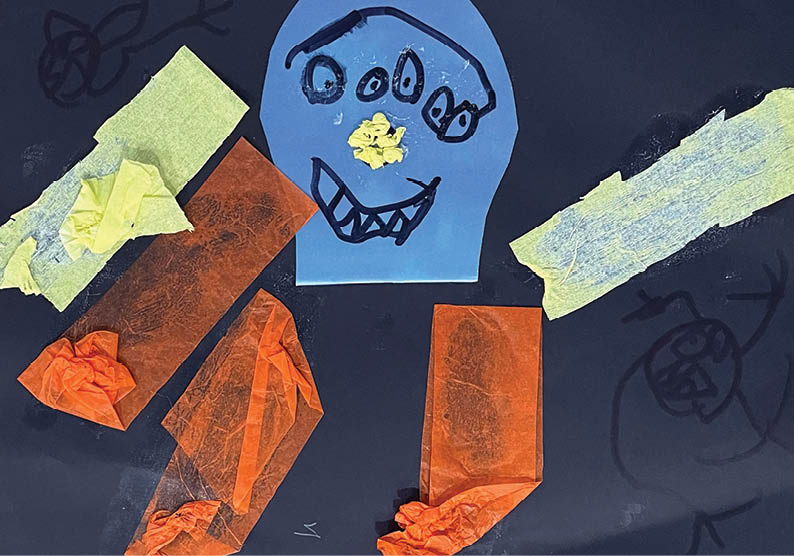
It’s a sentiment that resonates with Carter, who says an ideal care system is one that should “only be utilised when all else fails, and in most extreme situations”. While she admits child protection processes have a place “to protect children and ensure they are removed from harm”, she says there needs to be a greater societal commitment to the issue.
Following Adopt Change’s National Permanency Conference in October 2022, the organisation called for a number of systemic changes to better support vulnerable children. Notably, this included increased investment in early intervention and family preservation programs, to stop young people from entering care in the first place and then languishing in the system.
“In an ideal world, families are supported to stay together, and government should invest in supporting families in crisis to stay together,” Carter says. “Self-determination of families is key, and a whole of government approach should be enacted to ensure the success of the family unit moving forward.”
Adopt Change also asked the government to consider rigorously the introduction of national simple adoption legislation, which, it says, would increase relational permanency for children. Simple adoption involves the creation of an additional legal relationship with a child’s adoptive parents without terminating the legal relationship with their biological parents.
“Children and young people belong in two families,” Carter explains. “Practically, a child or young person’s birth certificate reflects both relationships. While the adoptive parents have parental responsibility and decision-making powers, the child maintains a legal relationship with their family of origin, rather than that being extinguished.”
A realistic reflection
Despite the clear challenges posed to the broader care sector, Bourne points to the very few changes made to the Adoption Act over time as a sign of the Act’s enduring relevance to the community.
“Most changes to adoption legislation are made to address future needs in situations where the existing legislative scheme has been found to fall short in specific cases or is no longer in tune with community values and expectations,” he says. “The NSW Adoption Act has only been moderately amended in recent years. This is an important factor, because it means the basic legal framework for adoption has remained largely consistent over time.”
However, this does not mean the legislative scheme has remained stagnant – there have still been notable developments, which have affected the level and source of adoptions across the state. This includes a 2005 federal inquiry into the inconsistency of inter-country adoption legislation across the country; a 2014 federal inquiry focusing on adoption best practice and the maintenance of birth family connections; and the 2014 Safe Home for Life reforms introducing the permanency placement principles and guardianship orders.
By comparison, changes to the Care Act and its associated regulations have been far more extensive and frequent, with amendments occurring nearly every year. Bourne says this reflects “continuing concerns about the high number of children in statutory care”, whereas adoption figures remain low.
“Although the number of adoptions in NSW each year is relatively small, for those children the outcomes may be significantly better than growing up in statutory care,” Bourne concludes. “Any temptation to loosen the standards and expectations relating to adoptive parents should be resisted, because any reduction in the quality and robustness of adoptive placements is likely to lead to greater risk of a failed adoption, and that can be devastating for the affected child.”




